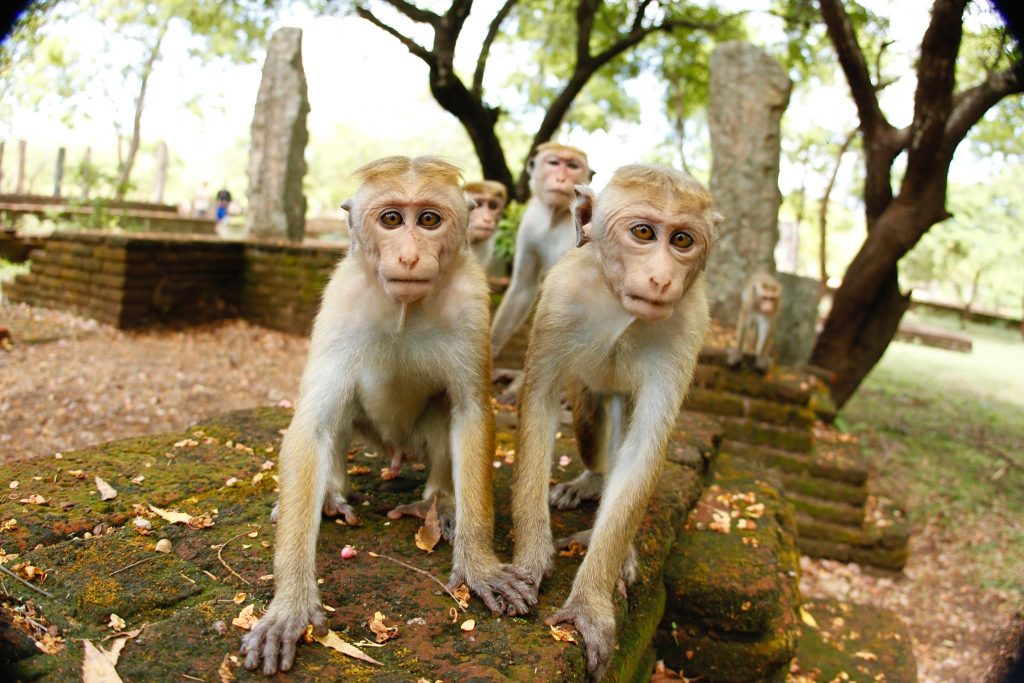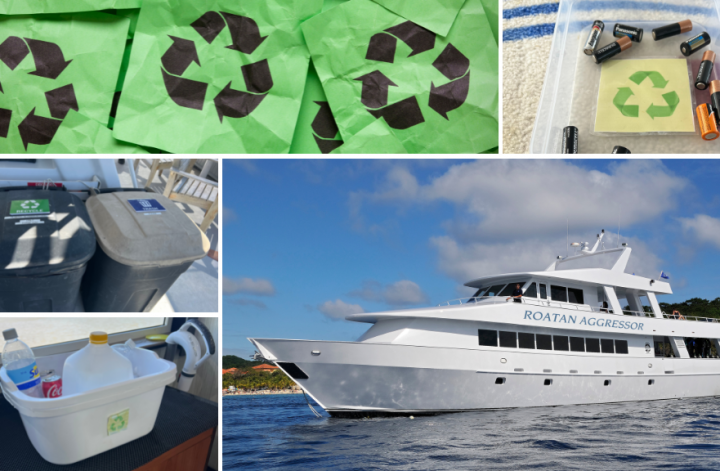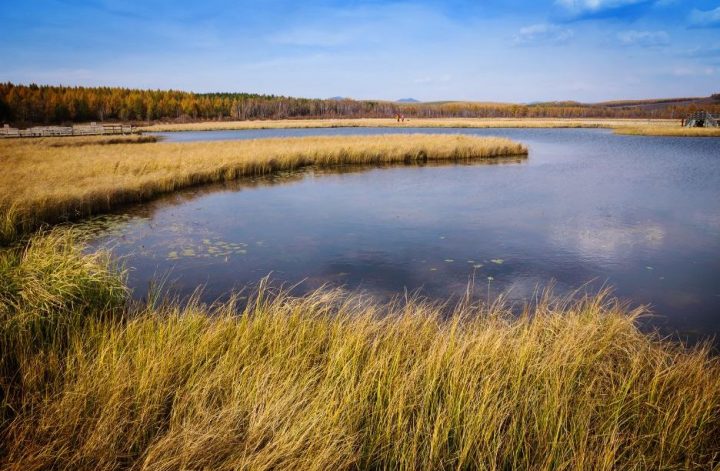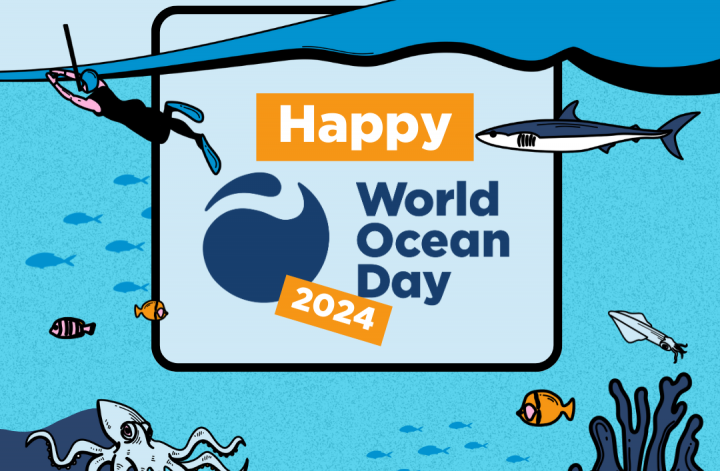By Samantha Whitcraft – Director, Conservation & Outreach
What is World Wildlife Day?
For the past ten years, every year, the world has recognized March 3 as World Wildlife Day commemorating the day of signature of the CITES Treaty (the UN’s Convention on International Trade in Endangered Species of Wild Fauna and Flora) which regulates and limits the unsustainable wildlife trade. This year’s overarching theme is #ConnectingPeopleAndPlanet.
Why is World Wildlife Day Important?
World Wildlife Day gives each of us a chance to consider why we value the wildlife around us and that we seek on our adventures. Backyard bird watchers find enjoyment in maintaining feeders and bird baths, and peace in noting the regular return of specific species to their yards. Wildlife photographers value capturing “the shot” they’re after and will explore near and far to get it – an elephant herd at a watering hole, a school of hammerhead sharks, or a beautiful, barred owl chick, for example. Divers seek out healthy coral reefs to see and enjoy colorful tropical fishes, charming sea turtles, graceful sting rays, and even tiny nudibranchs. And children tend to enjoy learning about all kinds of wildlife especially those featured in their story books – lions and tigers and bears!

However, as much as we may enjoy wildlife, their populations all over the world from the mountains to the seas, from rare butterflies to massive whales, are increasingly under threat from anthropogenic pressures especially habitat loss. Recently, a Living Planet Report found a 69% decline in many animal groups including fish, mammals, reptiles, and birds with that drastic change all happening in just the past 50 years, less than one human generation.
How Can We Observe World Wildlife Day?
Here’s a list of four easy ways you can help conserve wildlife during your travels:
- Travel with companies, operators, and guides that are transparent about ways they directly support wildlife conservation. For example, Aggressor Adventures® supports the conservation grants programs of the Sea of Change Foundation, empowering local communities to value and protect their wildlife both on land and in the ocean.
- Purchase locally crafted souvenirs that don’t include any wildlife parts or products. For example, avoid buying ivory of any kind or coral or tortoise shell products; instead look for locally made textiles, sustainably produced crafts, and artwork. Learn more about this using and downloading Aggressor Adventures’ free Sustainable Travel Guide.
- Engage in wildlife-based activities that are low-impact, not extractive, and support local wildlife conservation. For example, dive in marine protected areas like the waters around the Galapagos Islands or enjoy a wildlife safari that supports local communities to help curb poaching.
- Learn a little bit about your travel destination and its unique wildlife before you go. For example, if you’re planning a trip to see your favorite shark or majestic Asian elephants, look up your animal of interest on the IUCN Red List of Threatened Species to find fascinating details about their behavior, distribution, habitat, and conservation status. Knowing a bit more about a species before you encounter it can enhance the experience deeply.
Enjoy wildlife every day and consider their conservation when you travel; and on this World Wildlife Day, help spread the word by sharing what you’ve learned with your friends and family.

References & More Information:
https://livingplanet.panda.org/en-US/
https://www.iucnredlist.org/resources/grid
#ConnectingPeopleAndPlanet
#WWD2024




